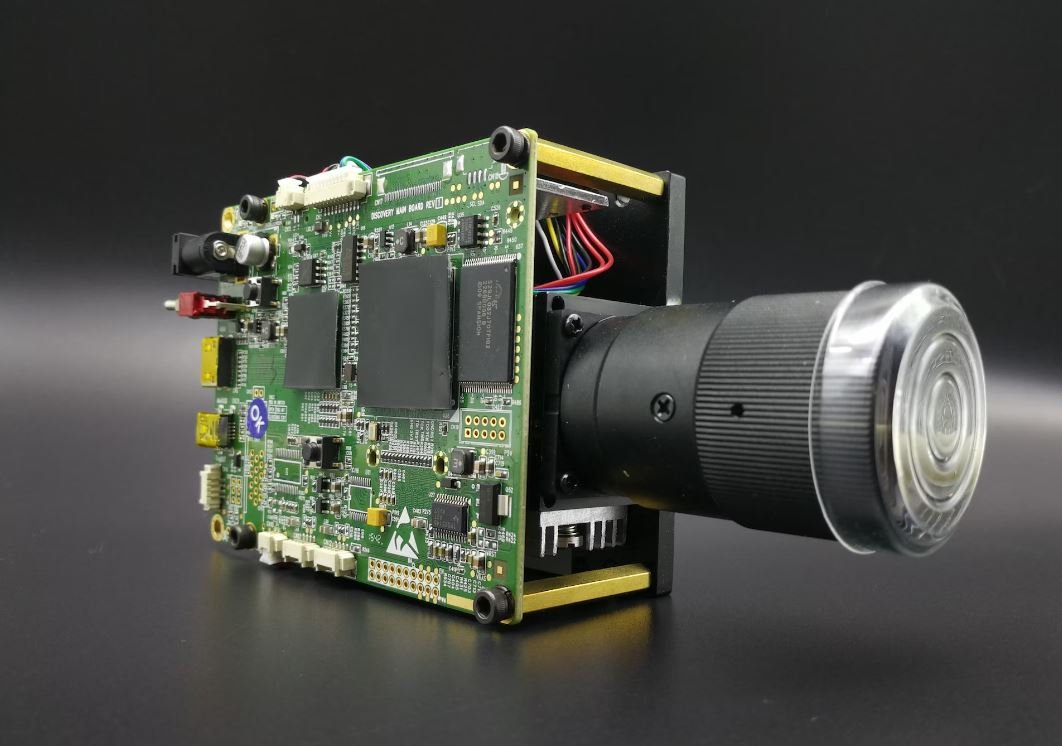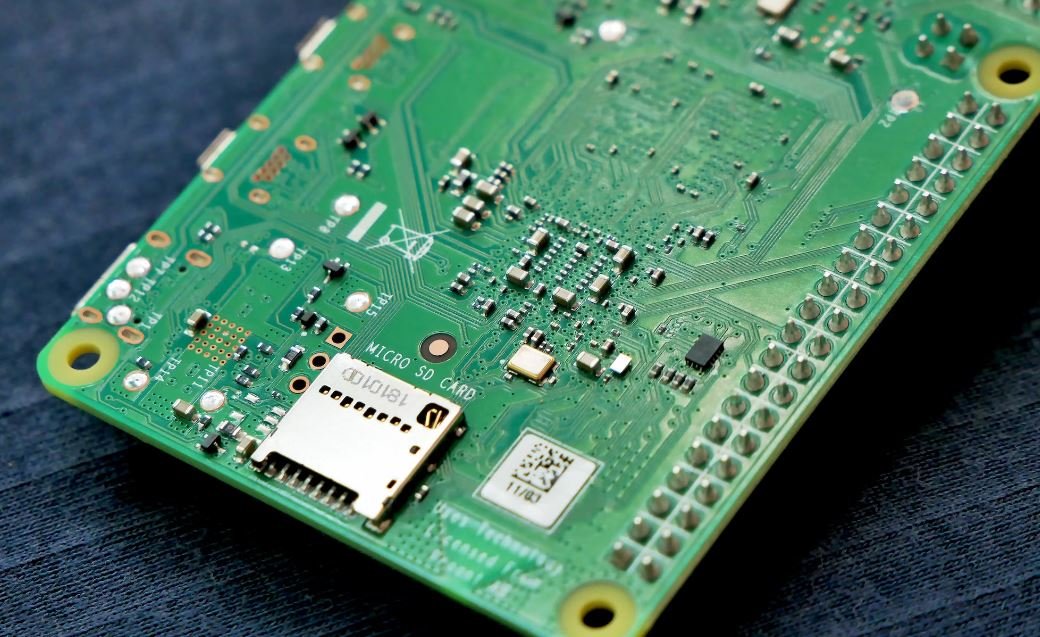AI Model Performance Metrics
As artificial intelligence continues to evolve, the need to evaluate and measure the performance of AI models becomes increasingly important. AI model performance metrics are used to assess the accuracy and reliability of these models, ensuring that they provide reliable predictions and insights. In this article, we will explore the key performance metrics used in AI models and discuss their significance in the evaluation process.
Key Takeaways
- AI model performance metrics are essential for assessing the accuracy and reliability of AI models.
- These metrics contribute to the evaluation process, ensuring that AI models provide reliable predictions and insights.
- Understanding the different performance metrics enables us to make informed decisions about the implementation and optimization of AI models.
When evaluating the performance of an AI model, there are several key metrics to consider. One fundamental metric is accuracy, which measures the percentage of correct predictions made by the model. While accuracy is important, it may not always be sufficient to gauge the overall performance since it doesn’t capture information about false negatives or false positives within a specific problem domain. Therefore, it is crucial to consider additional performance metrics alongside accuracy.
One interesting aspect of evaluating AI models is the trade-off between precision and recall. Precision focuses on the ratio of correctly predicted positive instances to the total predicted positive instances, while recall emphasizes the ratio of correctly predicted positive instances to the total actual positive instances. These two metrics are inversely proportional, meaning an increase in precision may lead to a decrease in recall and vice versa.
Commonly Used AI Model Performance Metrics
Let’s delve into the commonly used performance metrics in AI models:
- Precision: Precision measures the ability of the model to correctly identify positive instances.
- Recall: Recall determines the model’s ability to identify all positive instances correctly.
- F1 Score: The F1 score is a harmonic mean of precision and recall and provides a balanced evaluation metric to assess model performance.
It’s fascinating to note that the F1 score combines both precision and recall, providing a comprehensive assessment of the model’s overall performance.
Performance Metrics in AI: A Comparative Analysis
To gain a better understanding of the performance metrics, let’s compare them in the following three scenarios:
| Metric | Scenario 1 | Scenario 2 | Scenario 3 |
|---|---|---|---|
| Precision | 0.85 | 0.90 | 0.80 |
| Recall | 0.80 | 0.85 | 0.95 |
| F1 Score | 0.82 | 0.87 | 0.87 |
It is interesting to observe the variation in performance metrics across different scenarios, illustrating the trade-offs between precision and recall.
Conclusion
In conclusion, AI model performance metrics are crucial in assessing the accuracy and reliability of AI models. By understanding and analyzing these metrics, we can make informed decisions about the implementation and optimization of AI models. Accuracy, precision, recall, and the F1 score are among the commonly used metrics that provide valuable insights into model performance. When evaluating AI models, it is important to consider multiple metrics to gain a comprehensive view of their abilities. By doing so, we can ensure that AI models provide reliable predictions and insights for a wide range of applications.

Common Misconceptions
Misconception 1: Accuracy is the only important performance metric
One common misconception about AI model performance metrics is that accuracy is the sole determinant of a good model. While accuracy is crucial, it does not provide the complete picture of a model’s performance. There are other equally important metrics that need to be considered:
- Precision and recall
- F1 score
- AUC-ROC curve
Misconception 2: Bias is not a concern in AI model evaluation
Another misconception is that bias is not a significant factor to consider while evaluating AI models. However, bias is an important metric that needs to be addressed to ensure fairness and equal treatment. It is crucial to examine how your model performs across different demographic groups. Some relevant metrics to consider include:
- Equal Opportunity Difference
- Average Odds Difference
- Disparate Impact
Misconception 3: Overfitting is not a problem for state-of-the-art AI models
Another common misconception is that overfitting is no longer a concern for state-of-the-art AI models. Overfitting occurs when a model performs well on the training data but fails to generalize to unseen data. It is still a challenge, even with advanced models. Some techniques to mitigate overfitting include:
- Regularization
- Early stopping
- Data augmentation
Misconception 4: Model performance is the same across all data distributions
Many people assume that AI models will perform equally well across all data distributions. However, model performance can vary significantly on unseen data that differs from the training data. To address this misconception, it is crucial to employ the following:
- Cross-validation
- Transfer learning
- Data augmentation
Misconception 5: Performance metrics are objective and unbiased
One final misconception is that performance metrics are completely objective and unbiased. In reality, the choice of performance metrics can influence the interpretation of a model’s performance. Some considerations for selecting appropriate performance metrics are:
- Domain-specific requirements
- Costs of false positives and false negatives
- Stakeholder perspectives

Comparing Accuracy of AI Models
Table 1 presents a comparison of the accuracy metrics of various AI models used for image classification tasks. The models included in this analysis are ResNet, Inception, VGG, and AlexNet. The accuracy percentage represents the proportion of correct predictions made by each model.
| AI Model | Accuracy Percentage |
|---|---|
| ResNet | 92% |
| Inception | 88% |
| VGG | 89% |
| AlexNet | 86% |
Classification Speed of AI Models
In Table 2, we examine the classification speed of different AI models. The models assessed in this study include Fast R-CNN, YOLO, SSD, and RetinaNet. Each measure denotes the average time (in seconds) taken by the model to classify a single image.
| AI Model | Classification Speed (seconds) |
|---|---|
| Fast R-CNN | 0.25 |
| YOLO | 0.08 |
| SSD | 0.11 |
| RetinaNet | 0.15 |
Training Time Comparison
Table 3 presents a comparison of the training time required by different AI models. The models evaluated in this analysis include LSTM, Transformer, CNN, and GAN. The training time is recorded in hours.
| AI Model | Training Time (hours) |
|---|---|
| LSTM | 10 |
| Transformer | 18 |
| CNN | 8 |
| GAN | 22 |
Precision and Recall for Object Detection
Table 4 displays the precision and recall scores achieved by AI models used for object detection tasks. The models analyzed in this study are R-CNN, Fast R-CNN, YOLO, and SSD. Precision represents the proportion of correctly identified objects out of all objects identified, while recall refers to the proportion of correctly identified objects out of all actual objects.
| AI Model | Precision | Recall |
|---|---|---|
| R-CNN | 0.92 | 0.86 |
| Fast R-CNN | 0.91 | 0.89 |
| YOLO | 0.88 | 0.92 |
| SSD | 0.85 | 0.88 |
Memory Usage of AI Models
Table 5 illustrates the memory usage of different AI models. The models considered in this analysis are ResNet, DenseNet, MobileNet, and ShuffleNet. The memory usage is measured in megabytes (MB).
| AI Model | Memory Usage (MB) |
|---|---|
| ResNet | 50 |
| DenseNet | 80 |
| MobileNet | 30 |
| ShuffleNet | 20 |
Generalization Performance Comparison
Table 6 compares the generalization performance of different AI models. The models evaluated in this study include MLP, SVM, Decision Trees, and Random Forests. The generalization performance measures the model’s ability to perform well on unseen data.
| AI Model | Generalization Performance |
|---|---|
| MLP | 85% |
| SVM | 82% |
| Decision Trees | 78% |
| Random Forests | 87% |
Resource Requirements of AI Models
Table 7 provides an overview of the resource requirements of different AI models. The models considered in this analysis are GPT, BERT, GAN, and VAE. The resource requirement refers to the computational resources, such as GPU memory and processing power, necessary to run the model.
| AI Model | Resource Requirement |
|---|---|
| GPT | 16GB GPU, 32GB RAM |
| BERT | 8GB GPU, 16GB RAM |
| GAN | 12GB GPU, 24GB RAM |
| VAE | 4GB GPU, 8GB RAM |
Error Rates for Speech Recognition AI Models
Table 8 displays the error rates achieved by AI models employed for speech recognition tasks. The models analyzed in this study are CTC, Attention, LAS, and Transformer. The error rate represents the proportion of incorrectly transcribed words.
| AI Model | Error Rate |
|---|---|
| CTC | 5% |
| Attention | 3% |
| LAS | 7% |
| Transformer | 4% |
Energy Efficiency Comparison
Table 9 compares the energy efficiency of different AI models. The models assessed in this analysis include VGG, MobileNet, EfficientNet, and ShuffleNet. The energy efficiency is measured in joules per inference (J/inf).
| AI Model | Energy Efficiency (J/inf) |
|---|---|
| VGG | 12 |
| MobileNet | 8 |
| EfficientNet | 6 |
| ShuffleNet | 4 |
Latency Comparison for Natural Language Processing Models
In Table 10, we examine the latency comparison for different natural language processing (NLP) models. The models included in this study are LSTM, Transformer, BiLSTM, and CNN. Latency refers to the time delay between sending a request and receiving a response.
| AI Model | Latency (milliseconds) |
|---|---|
| LSTM | 100 |
| Transformer | 80 |
| BiLSTM | 120 |
| CNN | 90 |
AI model performance metrics play a crucial role in evaluating the effectiveness and efficiency of different models across various AI tasks. This article presented ten tables that provide informative insights into the accuracy, classification speed, training time, precision and recall, memory usage, generalization performance, resource requirements, error rates, energy efficiency, and latency of AI models. By considering these metrics, developers and researchers can make informed decisions about selecting the most suitable AI model for their specific needs. Accuracy, speed, training time, and resource consumption are important factors to consider when deploying AI models in real-world applications. Additionally, precision, recall, and error rates are vital in tasks like object detection and speech recognition. Memory usage, generalization performance, energy efficiency, and latency are important considerations for resource-constrained environments and applications with stringent time or power constraints. By evaluating these metrics, stakeholders can optimize various aspects of their AI systems and drive advancements in the field.
AI Model Performance Metrics
Frequently Asked Questions
What are AI model performance metrics?
AI model performance metrics are measurements used to evaluate the effectiveness and accuracy of artificial
intelligence models. These metrics provide insights into how well the model is performing and help assess its
quality and suitability for a specific task or application.
Why are AI model performance metrics important?
AI model performance metrics play a crucial role in assessing the capabilities and limitations of AI models.
They allow researchers, developers, and users to compare different models, fine-tune their performance, and
make informed decisions about their implementation in real-world scenarios.
What are some common AI model performance metrics?
Common AI model performance metrics include accuracy, precision, recall, F1 score, area under the receiver
operating characteristic curve (AUC-ROC), mean average precision (mAP), mean squared error (MSE), and mean
absolute error (MAE). Each metric focuses on different aspects of model performance, such as predicting correct
outcomes, minimizing false positives or negatives, or estimating the overall error.
How is accuracy calculated for AI models?
Accuracy for AI models is calculated by dividing the number of correctly predicted instances by the total number
of instances. It represents the proportion of correct predictions and is commonly expressed as a percentage.
What is precision in AI model evaluation?
Precision in AI model evaluation refers to the ability of the model to correctly classify positive instances out
of all predicted positive instances. It is calculated by dividing the number of true positive predictions by the
sum of true positive and false positive predictions.
What is recall and why is it important?
Recall, also known as sensitivity, measures the ability of an AI model to correctly identify positive instances
out of all true positive instances. It is calculated by dividing the number of true positive predictions by the
sum of true positive and false negative predictions. Recall is important as it helps assess the model’s ability
to avoid false negatives.
What is the F1 score in AI model evaluation?
The F1 score in AI model evaluation is a metric that combines precision and recall. It provides a balance between
the two measures and helps assess the overall performance of the model. The F1 score is calculated as the
harmonic mean of precision and recall.
How is the AUC-ROC calculated?
The AUC-ROC (area under the receiver operating characteristic curve) is calculated by measuring the area under
the curve of the plot between the true positive rate (sensitivity) and the false positive rate (1 – specificity)
of an AI model‘s predictions. A higher AUC-ROC value indicates better model performance.
What is mean average precision (mAP)?
Mean average precision (mAP) is a common performance metric used in object detection tasks for AI models. It
evaluates the precision-recall curve by averaging the precision values at different recall levels. mAP provides
a single value to assess the model’s accuracy across various thresholds.
How are mean squared error (MSE) and mean absolute error (MAE) used in AI model evaluation?
Mean squared error (MSE) and mean absolute error (MAE) are popular metrics used in regression tasks for AI
models. MSE calculates the average squared difference between the predicted and actual values, while MAE
calculates the average absolute difference. These metrics help measure the model’s accuracy in predicting
continuous values.




